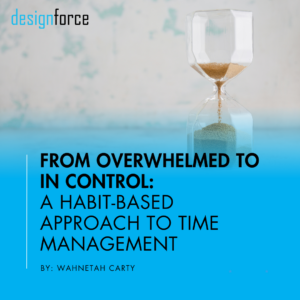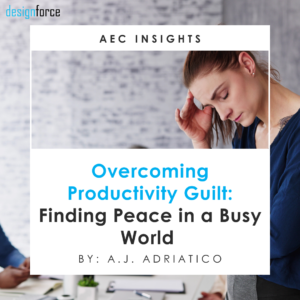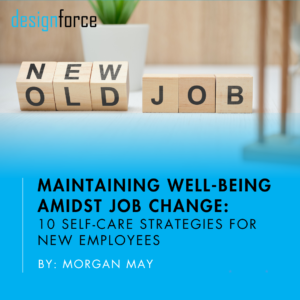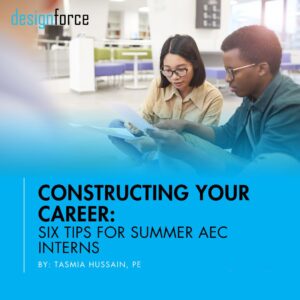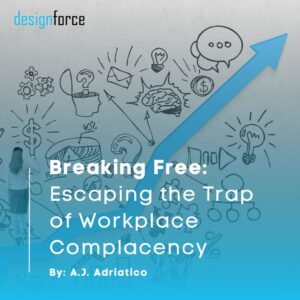Updating your resume doesn’t have to be a week-long, labor of love. Most of us are not lucky enough to have that much free time or motivated enough to spend a whole weekend rewriting our resume. Don’t worry.
There is only one reason to write a resume – to get an interview! Your resume needs to be clear, concise and (ideally) eye-catching. Hiring managers and recruiters see hundreds of resumes a day. Here are some tips to help make updating yours a less painful, less time consuming and, dare we say, enjoyable task.
FORMAT
We recently saw this article on ArchDaily on the Top Architecture Resume/CV Designs. While some were very aesthetically pleasing, we found almost all to be utterly useless. Unless you are a legitimate household name in your field or are applying to a top 1% design firm, your resume must first and foremost be legible and have actual information explaining your career. Good graphics are great, but a resume needs to describe what you’re actually capable of – not just demonstrate your InDesign skills.
Like great buildings, great resumes should be about form and function but there are no rules to what a resume needs to look like. At the end of the day resume design, like all design, is subjective. However, we are providing tips for an expedited update – not a full weekend project. As people who see hundreds of resumes a month, here are our suggested guidelines.
- Modern. An effective resume can be strikingly simple and even UNDER-designed. The fastest way to modernize the look of your resume is a font update. Sans-serif fonts are a super easy way to do this – nothing bores me more than Times New Roman! Arial, Tahoma and Helvetica are all great options. Font size for the body of your resume should be between 9-12 points.
- File size, Type + Title. Make sure your resume is saved as a PDF under 4 MB. Always save as a PDF since PDFs universally display the same across platforms and cannot be edited. If you are submitting work samples or a portfolio, include them separately as a dropbox or google drive link so that Hiring Managers may download them, if they wish. Be sure to save the file simply – with your first and last name: Carrie Mathison Resume.pdf.
- Sequence. Unless you are a recent grad, your education information should be under your work experience. We like to see resumes organized like this:
Name, Credentials
Objective
Work Experience
Education
Technical Skills/Software Proficiencies
Professional Affiliations
Things you DON’T NEED on your resume:
- References. If a decision-maker likes you, they will ask for references.
- Work Samples. Do not include work samples as part of your resume file. A link to an online portfolio site is okay, but we prefer a separate PDF attachment of work samples. A dropbox link to a full portfolio is even better. This can be included in a cover letter or as a live link on your actual resume.
- Home Address. In today’s digital age, it’s completely unnecessary. In fact, it could even hurt you if you are applying for a position out-of-state or one that would make you have a long commute. Leave the commute and relocation decision to yourself if an employer is interested, not as a disqualifier of actually meeting you.
- TYPOS! THE MOST IMPORTANT THING PART OF ANY RESUME IS THAT IT CONTAINS NO ERRORS. I’m telling you that in the age of spellcheck, there are just NO excuses. Proofread your resume no less than 3 times. Have at least 2 other people look it over as well. This is your first representation of yourself to a potential employer – make sure it is the BEST representation. Grammatical and spelling errors are VERY easily avoided and costly mistakes. Most hiring managers won’t continue reading your resume after the first one.
CONTENT
Bullets are your friend. The easiest way for a hiring manager to quickly review your resume is to use bullets. This also helps make sure you are being concise. When listing responsibilities, do not use more than 6 or so bullets (any bullets after 6 probably won’t be read).
Responsibilities. Be as clear as possible when listing exact responsibilities for each position on your resume. What do you actually DO? It is ideal to include quantifiable achievements with proven numbers (percentage of won projects, number of clients managed, square footage of space designed, etc). Save listing out projects for its own section at the end of your resume.
Positions. If you’ve had several roles at the same company, be sure to list when you held that title and specific things you accomplished during that time. See the example below.
Carrie Mathison
Central Intelligence Agency 2002 – present
Director of Middle East Affairs 2015 – present
- Responsible for 1
- Responsible for 2
- Responsible for 3
Deputy Director Middle East Affairs 2010 – 2015
- Responsible for 1
- Responsible for 2
- Responsible for 3
Intelligence Officer 2002 – 2010
- Responsible for 1
- Responsible for 2
- Responsible for 3
Updating your resume can seem like a daunting task, but there’s no reason to be scared! Hopefully these tips will help you edit, format and craft your resume into top shape in no time.

Related Posts
Let's learn together.
Stay inspired and in the know on all things A|E|C.
Sign up for our monthly newsletter.


